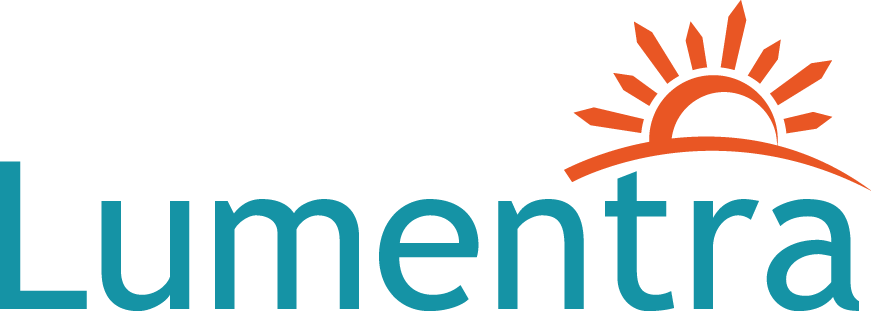FREQUENTLY ASKED QUESTIONS
1. Which tests do I need for DLC single product applications?
DLC requires the following three tests to evaluate the performance of a single LED lighting product.
- Complete LM-79 (Sections 9, 10 and 12)
- In-situ Temperature Measurement Test (ISTMT)
- LM-80 test
Lumentra is a DLC-approved testing laboratory. To request complete LM-79 and ISTMT luminaire testing for single products, please fill out Lumentra’s DLC & Lighting Facts Test Request Form. A qualified LM-80 test report is usually available from your LED package, array, or module manufacturer.
2. How many tests do I need for DLC family grouping applications?
DLC will evaluate the products in the worst case scenarios in a family grouping application. Very often, partial LM-79 tests are sufficient. Please contact us for DLC family grouping strategy or refer to our DLC consulting page for more information.
3. What are LM-79 Sections 9, 10 and 12? Why would I want a partial LM-79 test?
LM-79 is the approved luminaire testing method to measure total lumen (Section 9), electrical power, light distribution (Section 10), and chromaticity (Section 12) of LED products. Depending on your need, a goniophotometer test (LM-79 Section 9 and 10), an integrating sphere (LM-79 Section 9 and 12), or both can be performed to evaluate an LED product. Traditionally, a photometric report with an IES file is generated by a goniophotometer test. A partial LM-79 test is sometimes preferred to reduce luminaire testing time and cost.
4. What is Chromaticity Measurements (CCT & CRI) by Angular Sampling?
This is a non-standard method used to quickly measure the chromaticity for a portion of the luminaire’s total light output. The measured chromaticity can be used to represent the luminaire chromaticity when colour does not change depending on the emission direction.
5. How do I know what type of symmetry my product has?
Check out our page explaining product symmetry for more information on this question.
